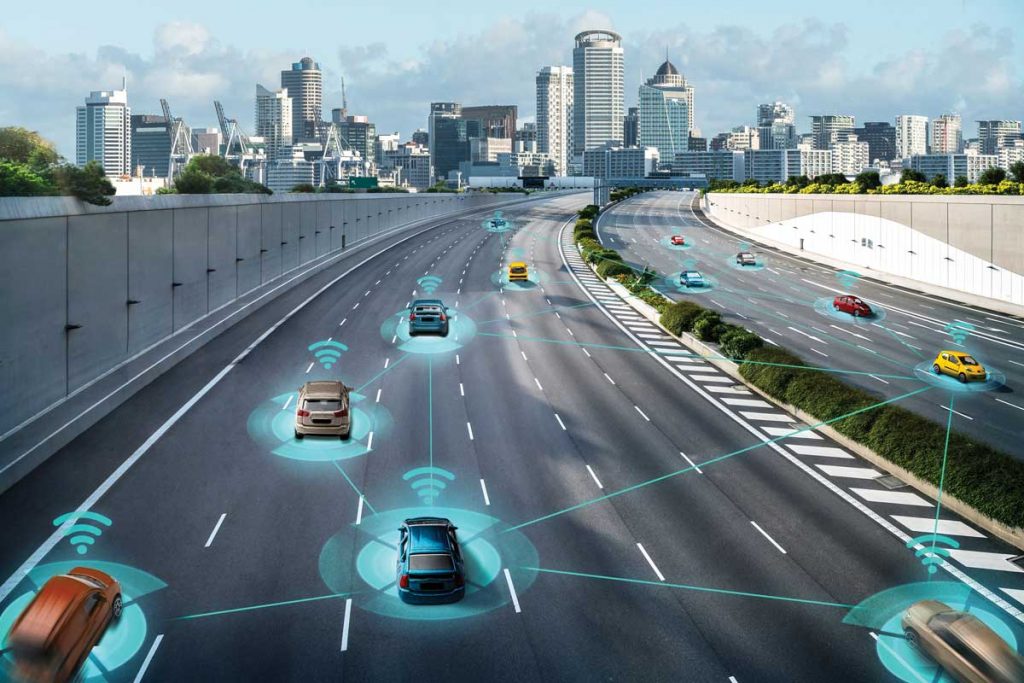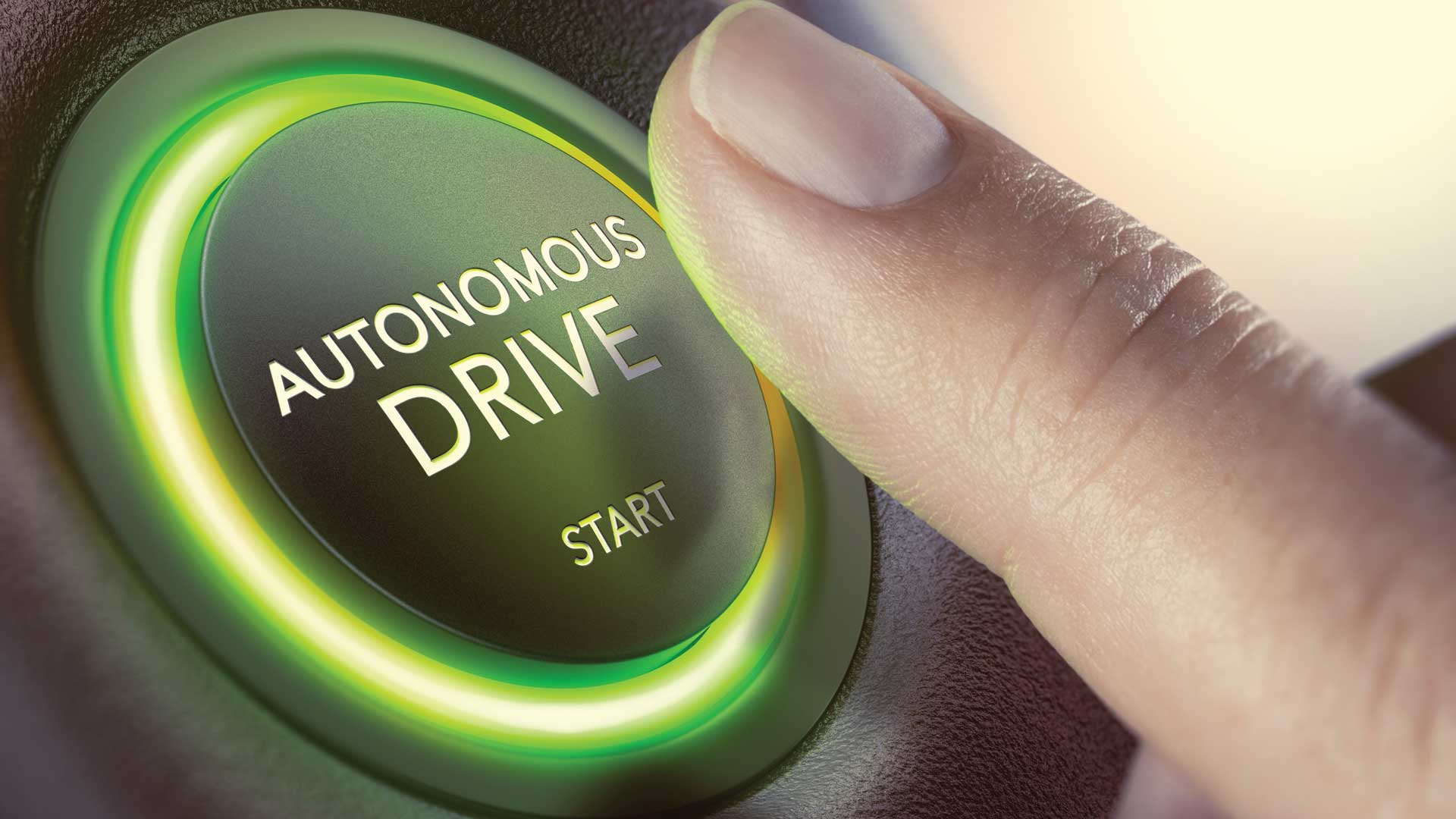THE WAY FORWARD
AVs are set to hold sway from 2030 onwards
COMPILED BY Dyan Seneviratne
Autonomous Vehicle (AV) technologies could help optimise the motor industry’s supply chains and logistics operations in the future, as players employ automation to increase efficiency and flexibility.
AVs in combination with smart technologies could reduce labour costs while boosting equipment and manufacturing productivity. What’s more, a fully automated and leaner supply chain can help reduce load sizes and stocks, by leveraging smart distribution technologies and smaller AVs.
TIME AND MONEY Drivers will have more time for everything! AVs could free up as much as 50 minutes a day for users who will be able to use time spent travelling at work to relax or enjoy entertainment.
And the time saved by commuters every day could add up to a mind-blowing one billion hours globally, which is twice the time it took to build the Great Pyramid of Giza!
It could also create a large pool of value, potentially generating global digital media mega revenues annually for every additional minute people spend on the internet while in a vehicle.

EASY PARKING AVs could change the mobility behaviour of consumers by reducing the need for parking space – in the US alone by more than 5.7 billion square metres. Multiple factors would contribute to the reduction in parking infrastructure.
For example, self-parking AVs don’t require open door space for dropping off passengers when parked, allowing them to occupy parking spaces that are 15 percent tighter.
LESS ACCIDENTS By mid-century, the penetration of AVs could ultimately cause vehicle crashes in the United States to fall from second to ninth place in terms of their lethality ranking among accident types.
Today, car crashes have an enormous impact on the US economy: for every person killed in a motor vehicle accident, eight are hospitalised – and 100 are treated and released from emergency rooms.
AV AND ROBOTS The broad penetration of AVs will most probably accelerate the development of robotics for consumer applications (including humanoid robots) since the two share many technologies.
These include remote advanced sensing, hyper-precise positioning/GPS, image recognition and advanced artificial intelligence.
In addition to sharing technology, AVs and robots could benefit from using the same infrastructure including recharging stations, service centres and machine-to-machine communication networks.
These commonalities may push multiple players to invest in both applications – as already seen in the substantial investments in robotics by some carmakers and high-tech players.
CAR INSURANCE Motor insurers have always provided consumer coverage in the event of accidents caused by human error.
With driverless vehicles, they may shift the core of their business model and focus mainly on insuring car manufacturers against liabilities due to any technical failures of their AVs instead of protecting private customers from risks associated with human error in accidents.
This change could transform the insurance sector from its current focus on millions of private consumers to one that involves a few original equipment manufacturers and infrastructure operators – similar to insurance for cruise lines and shipping companies.


